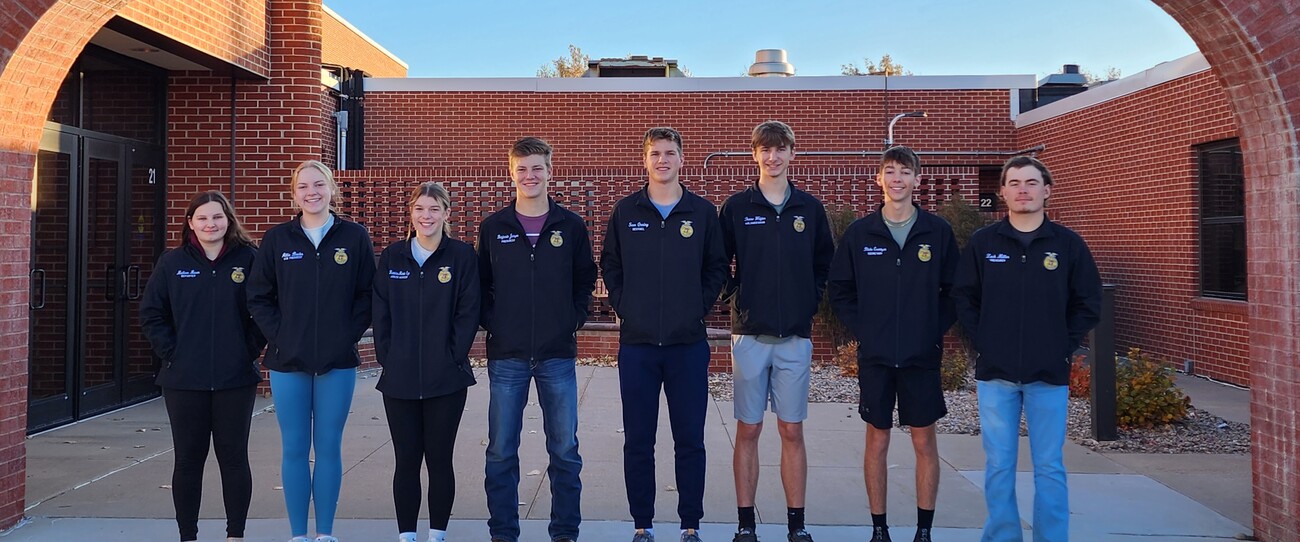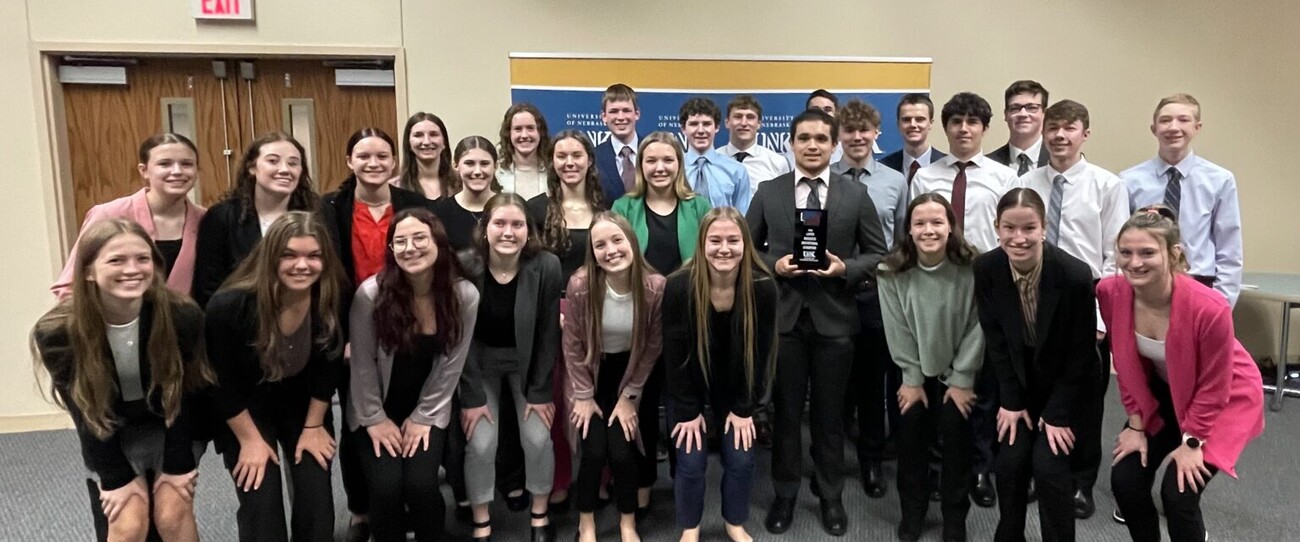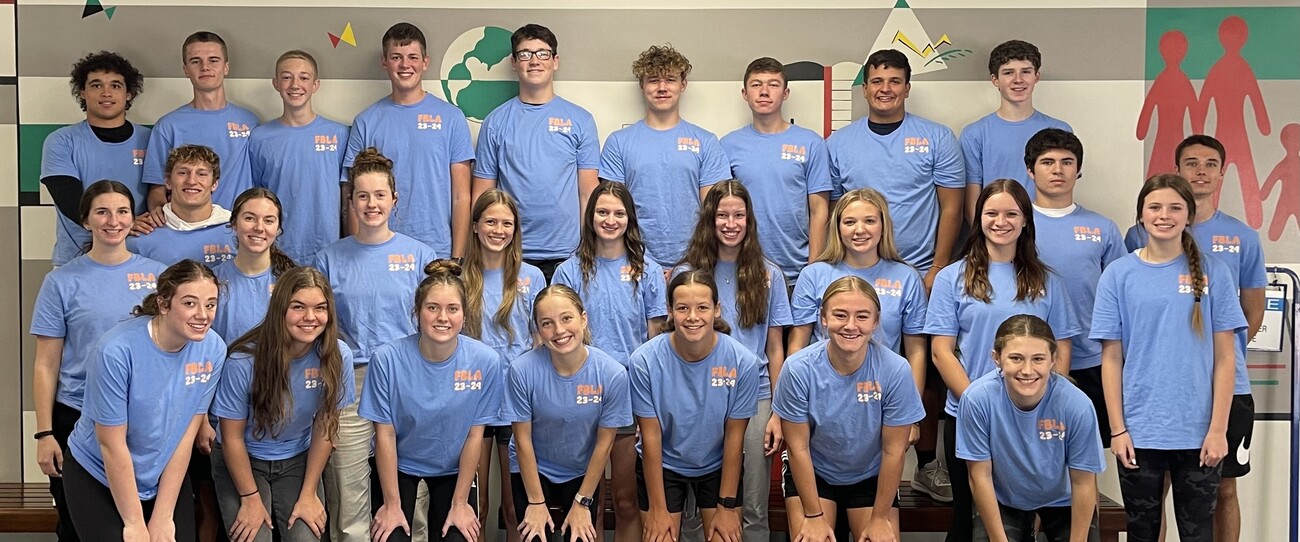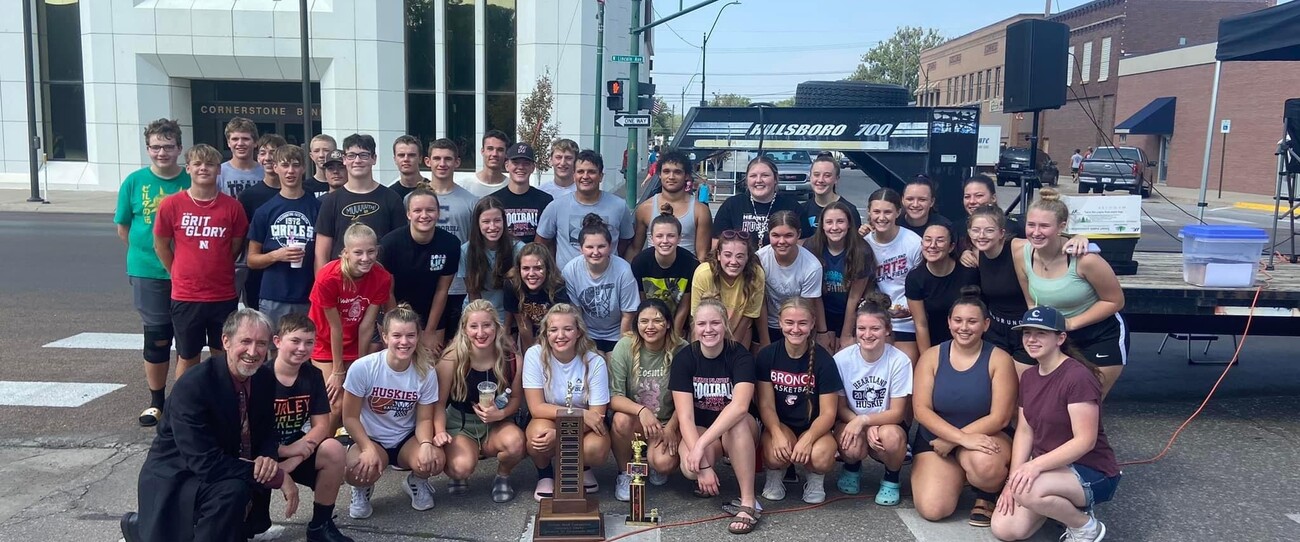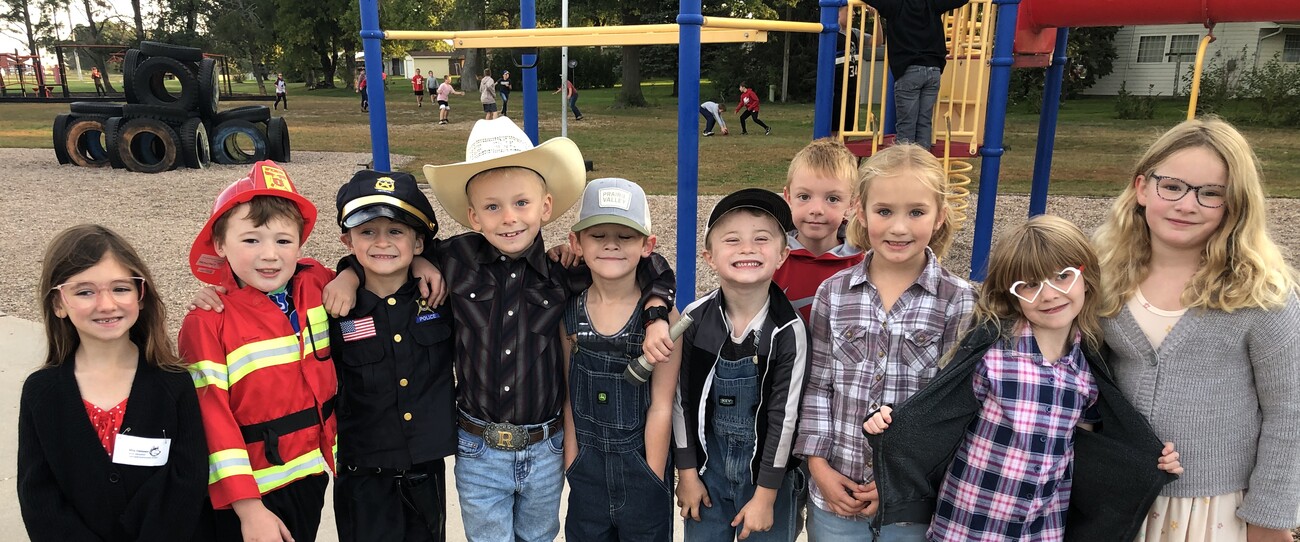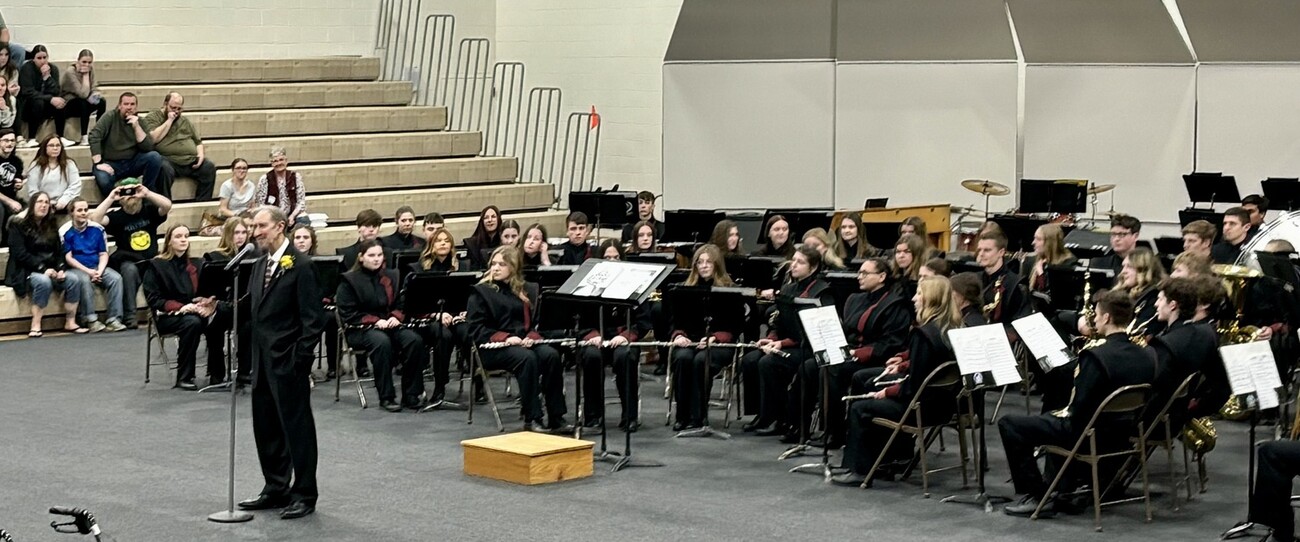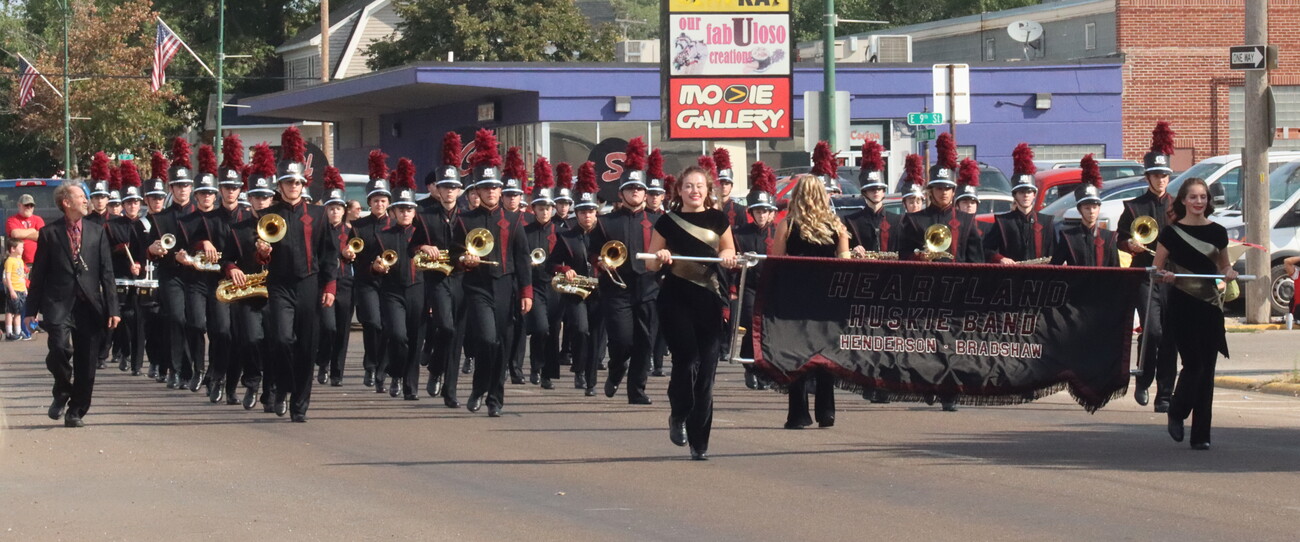History of Bradshaw
Not completed - work in progress
Bradshaw History
Bradshaw had a population of 336 with 150 housing units; a land area land area of 0.33 sq. miles; a water area of 0 sq. miles; and a population density of 1,009.39 people per sq. mile for Census 2000.
Relative Location: 56 miles west of Lincoln, Nebraska; 8 miles west of York and 7 1/2 miles from the Bradshaw/Henderson interstate interchange.
Population: 1880 - 400 people; 1960 - 306 people; 1998 - 330 people, 2000 - 336 people
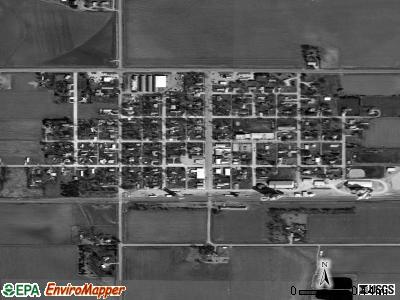
TIMELINE FOR BRADSHAW'S HISTORY:
1870 - The first Post Office opens in the area at Aiken Mills, north of the present town
1873 - The post office is moved to a site about one mile west of Bradshaw
1874 - The first frame school building is built in District #56
1879 - Post office moved two miles east of Bradshaw and renamed Lenox
1880 - The present site of Bradshaw was set by surveyors who placed the depot here. The first store owned and opened by W.D. Post, was a post office, with him being the post master. He was also the depot agent, telegraph operator, grain and livestock dealer, and he ran the general store. His house was where Fred Collingham's house now sits.
1882 - The first resident physician to the town was Dr. A. R. Allen
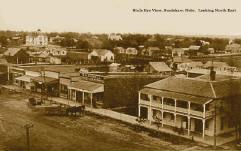
Bradshaw Photo in early 1900's
1890 - Early on the evening of June 3, the entire village of Bradshaw was flattened by a huge twister that demolished the booming town. As is described in the Bradshaw Historical Sketchbook of 1902:
"The residents of this little village and the surrounding country stood in helpless suspense and watched two peculiar storm clouds approaching, one moving from the northwest to the southeast and one moving from the southeast to the northwest. The clouds met near the southern edge of Bradshaw and before the citizens could seek a place of safety, the cyclone was upon them. Not a house in the village was not damaged and most of them were entirely demolished. Businesses, houses were ruined and many of them were swept away entirely. The flood of rain and the intense darkness that followed made the situation most pitiable."
The tornado hit Bradshaw about 8:20 p.m., but the news of the tornado did not reach York until after midnight. This was when a rider, on horseback, road hysterically into town to report the news. Not much later, workers at the York rail yard watched a single stock car come rolling down the track from the west. Its side door was peeled back and flapping in the wind, and they knew that a single car could not run eight miles down the track without an engine. Until the news of the tornado hit York, no one knew that the powerful storm had pushed that lone car eight miles down the track.
Different accounts in different area newspapers listed various number of people killed by the storm. It is estimated that five to 12 people were killed with over 60 injured by the tornado. Throughout the night, people tried to find loved ones only by the sounds of their moans and cries. Strangely enough, the first rescuers in town found a baby alone in the middle of the street playing in a mud puddle, unconcerned about all of the ruin.
Several people carried scars of the twister long after it was gone. George Foster, a hired man on a farm north of town, was looking out of the cave he was in to check on the storm. When all of a sudden, the cave door blew back down on him, taking his ear off.
Bradshaw became famous for the time because of the storm. People from all over the state sent money and anything that the people could use to start over. On the next Sunday, people were offered a train ride from Omaha to Bradshaw to look over the wreckage. So many wanted to come, that two trains had been sent.
After the tornado, all of the businesses and houses had to be rebuilt. There was a different bank, and different newspapers, and other new businesses in town. In many ways, this was the beginning of a totally different Bradshaw.
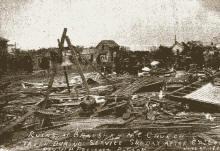
Photo of Bradshaw after the 1890 tornado.
Click to read more about the 1890 Bradshaw tornado.
1891 - A new school was built after the other was destroyed. It was a two-story building with four rooms, a hallway, and a cloak room. The county superintendent's office, in York, donated $500 to hope rebuild the school. It was built by the Bradshaw Improvement Company, who also built the town hall in 1902, and helped to organize the Plainfield Cemetery Association.
1894 - Photographs show frame shops and stores lining Bradshaw's main street
1895 - First light plant came to Bradshaw
1900 - Rural mail service was introduced to farms
1901 - Bradshaw Independent Telephone Company was organized. The first central telephone station was in Whitfield's Grocery Store. Bradshaw telephone service operated as a switchboard until 1961.
1903 - Most of Bradshaw had electric lights
1904 - The Farmer's Shipping Association was organized. This was a stockyard collection point of the railroad. In the first few months, there were 322 head of cattle and 4360 head of hogs shipped out. This filled 74 railroad cars.
1905 - On October 5, the light plant closed. Brick sidewalks were provided by the Bradshaw Businessmen. Phone service was introduced to the county.
1906 - In February, Cordell Brown reopened the plant and electricity was restored.
1907 - Water system ends the days of the village water tower.
1909 - Bradshaw Volunteer Fire Department was organized. There were three active grain elevators in town.
1910 - Bradshaw was ranked second in Nebraska for shipment of fat cattle
1912 - A new train depot was built
1916 - A picture theatre was opened in town
1917 - In January, the Village of Bradshaw took over the operation of electricity distribution. Many Bradshaw boys leave for WWI.
1919 - There was a severe coal shortage in Bradshaw. By December, most of the soldiers were home from the war.
1920 - On October 12, there was a large Homecoming Celebration for all of the returning servicemen. This year also began the tradition of community fairs. Bradshaw Fall Festivals included contests and games like present - day county fairs.
1935 - Great dust storm hits the town
1940 - This was the approximate year that the Farmer's Cooperative Association of Bradshaw was started. The elevator still operates today.
1964 - Around this time, the first center pivot irrigation system was set up in the area. On May 5, a tornado touched down near Stockham and passed just north of Bradshaw destroying many homes and farms in its path.
1970 - In the late 70's, the American Agricultural Movement gained Bradshaw's support. Representatives from Bradshaw went to Washington D. C. to lobby for better farm legislation.
1980 - Bradshaw celebrates its first century on May 31 and June 1.
Railroad
1880 - Burlington and Missouri Railroad built the railroad next to Bradshaw. Until the late 1950's, two or three times daily a passenger train stopped in Bradshaw.
1890 - The original depot damaged by tornado
1912 - A new depot was built
1930 - There is a decline in passengers aboard passenger trains when the S.Y.A. (Seward to York to Aurora) Highway was improved. It went through the main street of Bradshaw.
1960 - In the late 60's, the last train depot was sold
1998 - The Santa Fe Railroad System hauls grain from both of the current elevators in town
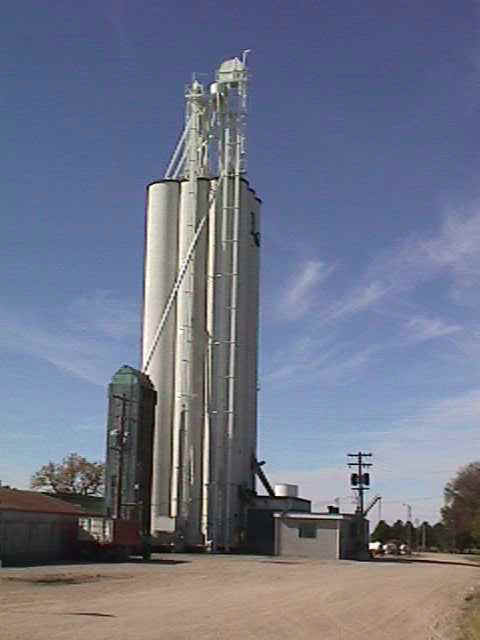
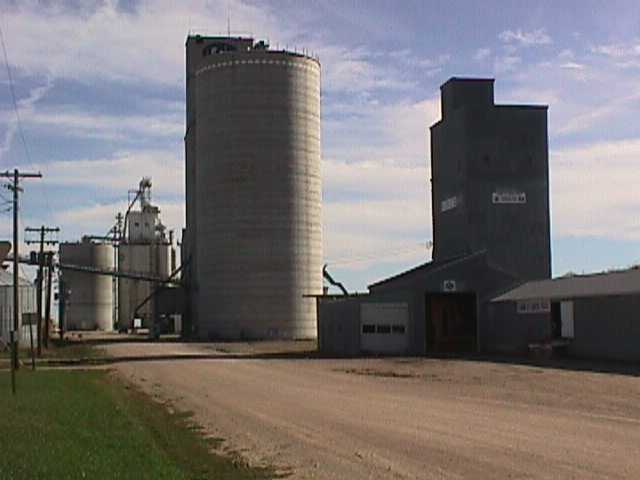
Banks
1885 - The Bank of Bradshaw was opened and flourishing
1889 - At that time, the capital was $20,000
1897 - State Bank of Bradshaw was founded and the Bank of Bradshaw died
1906 - On February 15, the State Bank of Bradshaw became a National Bank
1907 - The State Bank of Bradshaw built a new bank on the east side of main street
1912 - The Farmer's State Bank opened its doors on March 4. The bank sat where the present-day Bradshaw Post Office now stands.
1931 - On December 9, the First National Bank of Bradshaw absorbed the Farmers State Bank.
1933 - The First National Bank became affiliated with several other York County banks. It along with many other banks in the area are still tied through a common ownership.
1963 - A new office and vault addition were added to the south side of the building
1997 - The First National Bank of York changed it's name to Cornerstone Bank.
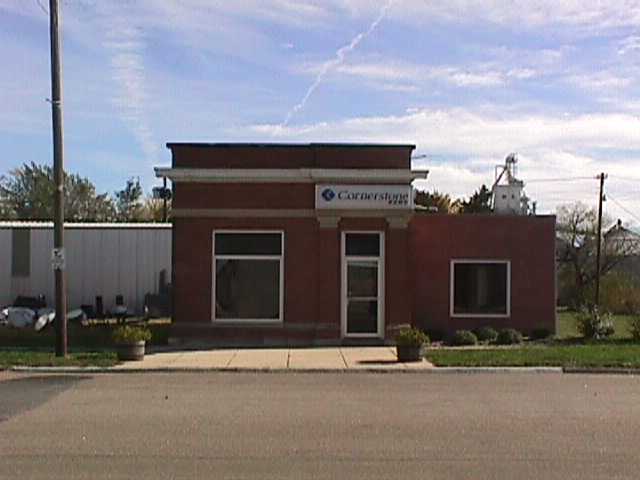
Fire Department
1908 - On January 3, the Bradshaw volunteer Fire Department was formed. The first fire barn was constructed through donations from the townspeople. The first equipment was a two hose company. The first rig was hand-pulled. The first organized fire department had very strict rules with fines for any infractions including:
Absence from any fire alarm or fire - $1.00
For non-attendance at funeral of deceased member - $.50
For using profane language while on duty - $.25
Disobedience of any reasonable order of officer in command - $.50
For violating any part of the Constitution or bylaws - $1.00
1965 - The present steel building was constructed
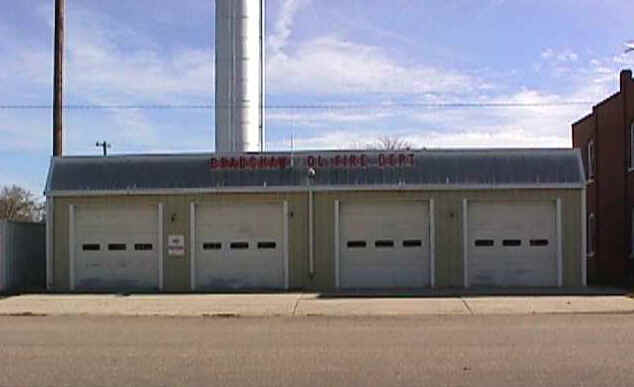
1976 - A new fire truck was purchased
1989 - First woman firefighter, Lisa Allen
1998 - A new fire truck was purchased
Churches
1871 - Rev. W. E. Morgan of York began hold Methodist services in a sod house on the Lincoln Creek north of town.
1873 - The Methodist parsonage was started and their services were moved to the Eberhart School, when it was built that year
1875 - The Christian Church in the area was first organized
1878 - The Methodists planned and built a country church on 40 acres of land that they bought
1879 - The Christians began a Sunday School program in the Plainfield School House
1880 - On October 22, the cornerstone of the Congregational Church was set. The cost to build the church was $1,500 and was debt free in 1882.
1881 - The Christians began meeting in town
1882 - After the town was started, the building and land from the country Methodist Church were sold to help build a church in town. The first church was built on the present site of the Methodist Church in Bradshaw.
1885 - A Christian Church was constructed in town
1890 - The tornado demolishes all three churches. The Congregational Church was never rebuilt in town. The Christian church was rebuilt.
1902 - The first Sunday School classes were held at the Methodist Church
1903 - Electricity was installed in the Methodist church
1914 - The entire church was lifted three feet off the ground and a basement was dug.
1919 - A severe coal shortage was recorded and the Christian and Methodist churches; held joint services
1930 - The Christian church was disbanded and the building was sold
1931 - The Lutheran Church services were held in the Methodist Church on Sunday evenings
1978 - The Bradshaw United Methodist Church celebrated their Centennial in September
1993 - The United Methodist Church was rebuilt to access physical handicapped people
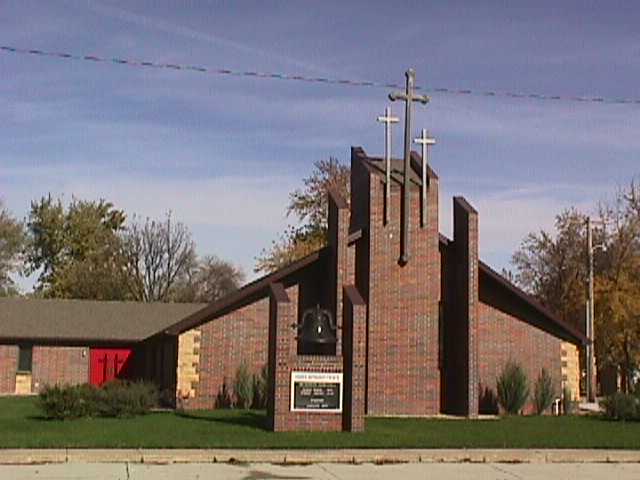
1998 - The Bradshaw United Methodist Church is still active.
Schools
1872 - First Bradshaw area school was in a dugout on Lincoln Creek
1874 - District 56 opened a school in an old store building in Bradshaw Township, on one acre of land
1889 - The first town school originally had two rooms. A few years later another room was added and that year a second story was added to the original building.
1891 - New school built after the other was destroyed. It was a 2-story building with four rooms, a hallway, and a cloak room. It was built by the Bradshaw Improvement Company, who also built the town hall in 1902, and helped to organize the Plainfield Cemetery Association.
1902 - NO SCHOOL THIS YEAR!!! This was because of a smallpox epidemic. In a June book about Bradshaw it stated: "the citizens of Bradshaw have always manifested a deep interest in our public school and are justly proud of the record of the past."
1911 - The Bradshaw Monitor boasted one of the finest schools in the count's villages, running at one of the lowest costs. The school's High School Library had the highest value and the highest attendance, compared to other area schools. The only area that Bradshaw was not the highest in was salaries for the teachers. The newspaper also printed the school's song:
Oh we're all from Bradshaw High School; As anyone could guess; 'Tis here you find the brainiest heads; The pride of the B.H.S.; For we know how to work, we know how to play; We know how to do things brown; We're the bravest boys and prettiest girls; In any Nebraska town;
Chorus:
Bradshaw High School, High School, High School; Bradshaw High School; Hippety Hip; Hurrah, Hurrah; We're sure to win success; For never a school in all the world was in; with the B.H.S.; Oh yes, we're all from Bradshaw; A school that's all O.K.; If ever you come to visit us; We'd prove just what we say; For we know how to work; we know how to win; We know how to make things go; We're proud of the fame; of our High School name; Now don't you believe that's so?
1922 - A new three story school was built. The school's first gymnasium was in this building.
1923 - Basketball for boys and girls began
1930 - The Pep Club was organized in support of the athletics
1933 - Bradshaw's first athletic banquet was held this year
1944 - Bradshaw's Band was established
1951 - A shop building and bus barn were built northeast of the school
1953 - The School Board turned the gym into a library and built a new gym. Eight-man football started.
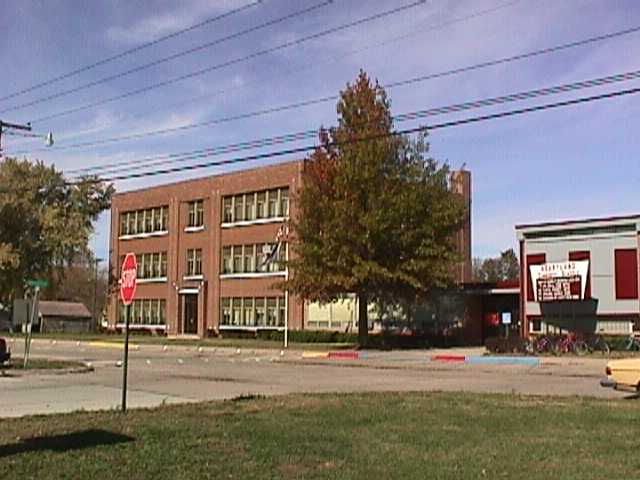
1954 - Kindergarten began at Bradshaw
1968 - The Elementary building was added to the school
1984 - First year for flag corp
1990 - FBLA began to make its move. Ed Wiley and Jamie Wahl were Mr. and Mrs. FBL and from the same school.
1991 - Boys basketball team was the District Champions, football made it to state playoffs, and there was no girls basketball team for lack of interest.
1993 - Choir members formed a show choir to entertain the public
1995 - First full season of six-man football
1996 - Last year for Pep Club
1997 - The football team qualified for State Playoffs, One-Act received a first place at CRC, and talk of consolidation began with Henderson.
1998 - During the 1997-1998 school year, the school had the opportunity to spend their last year with five foreign exchange students: Bruno Fiego, Dennis Follmann, Klaus Fritzsche, Espen Spilling, and Arjen Wiedijk. Also, the 97-98 school year was the end of the 100 year anniversary for the beginning of the school. "For Every Ending, There is a New Beginning!" -- The 1998-1999 school year will be exciting for both Bradshaw and Henderson. Forming the Heartland Community School: Henderson/Bradshaw is the most interesting outcome of the last 101 years. There are 38 girls out for Volleyball and 34 guys out for football. There are 45 students in the Freshman class, 54 students in the Sophomore class, 39 students in the Junior class, and there are 43 students in the Senior class. Heartland has one foreign exchange student this year whose name is Sebastian Emura.
Bradshaw History Page revised by Tracy Briese, written by Shay Graves
Colored Pictures taken with Digital Camara by Tracy Briese

